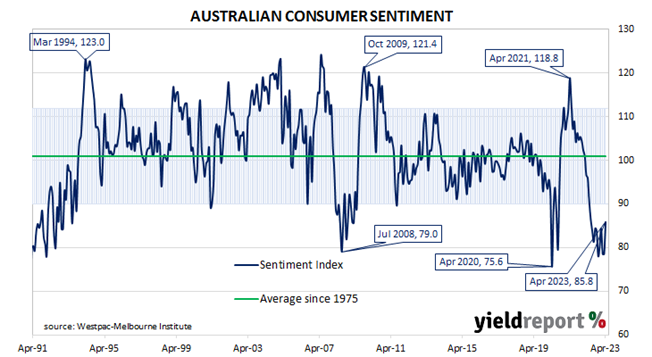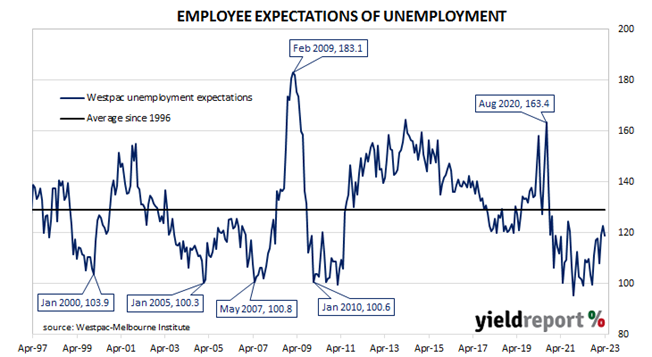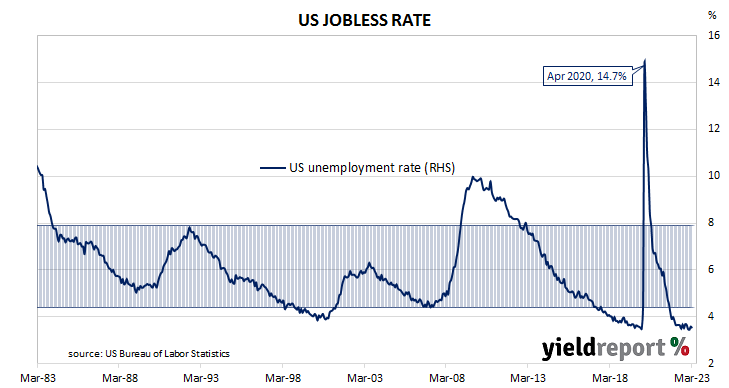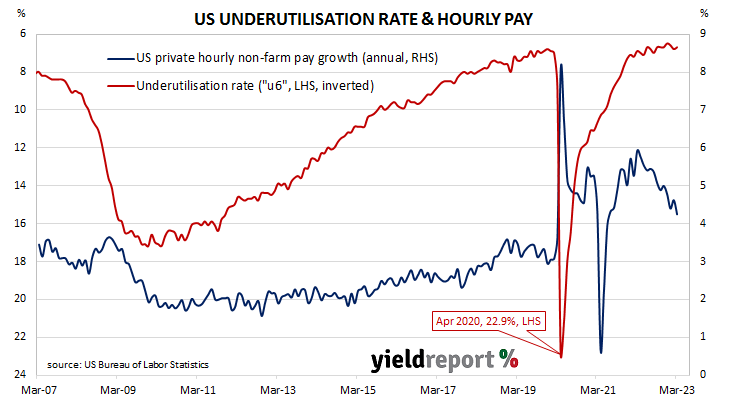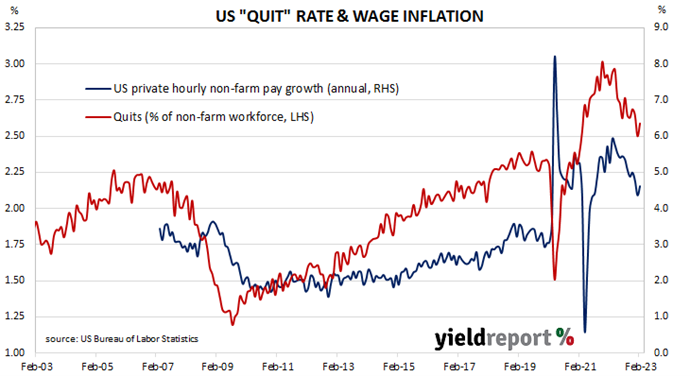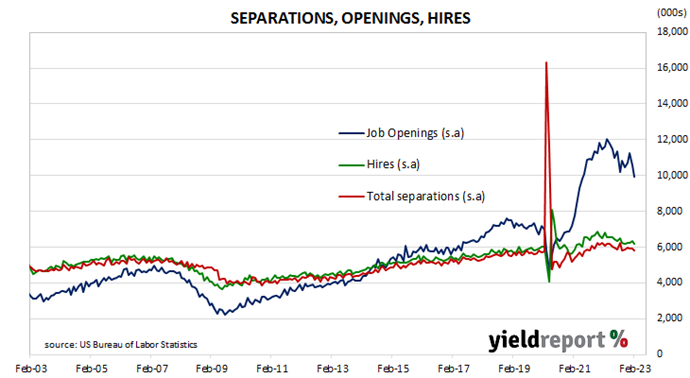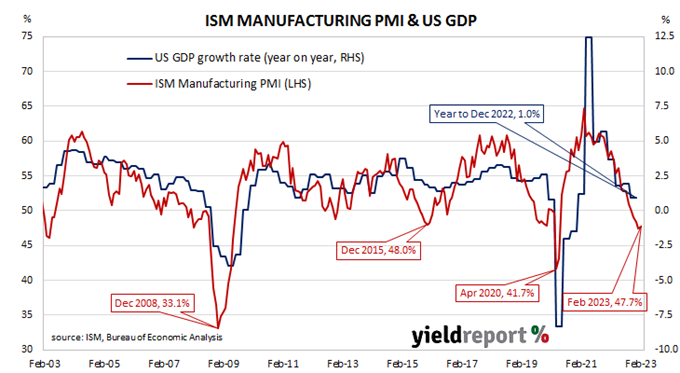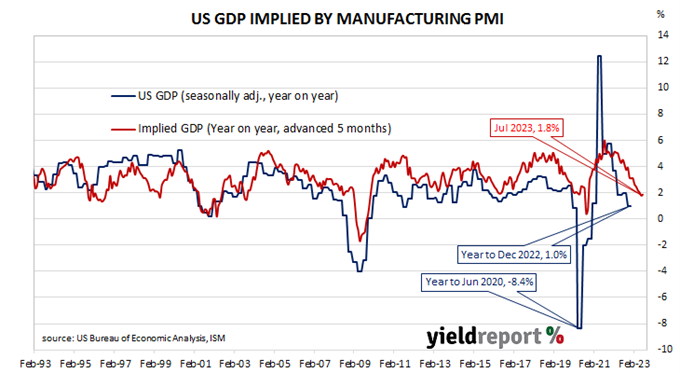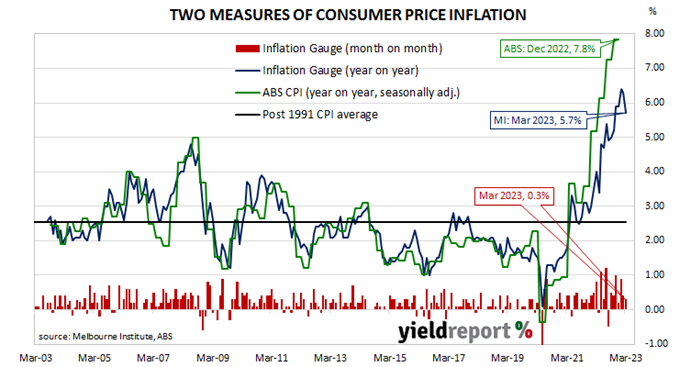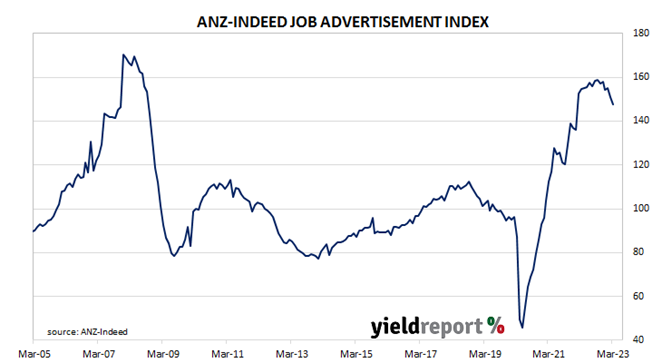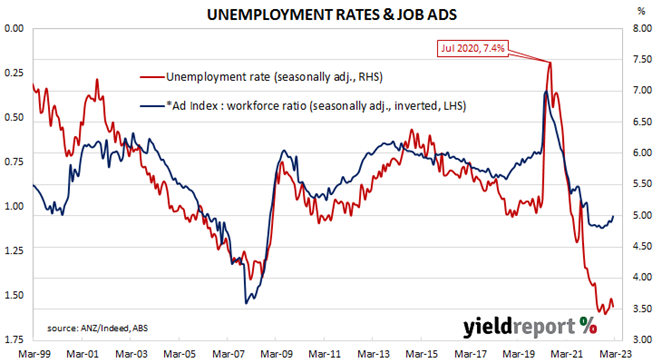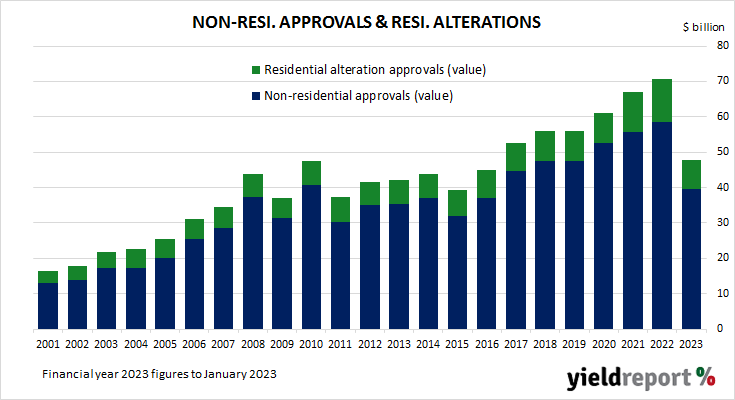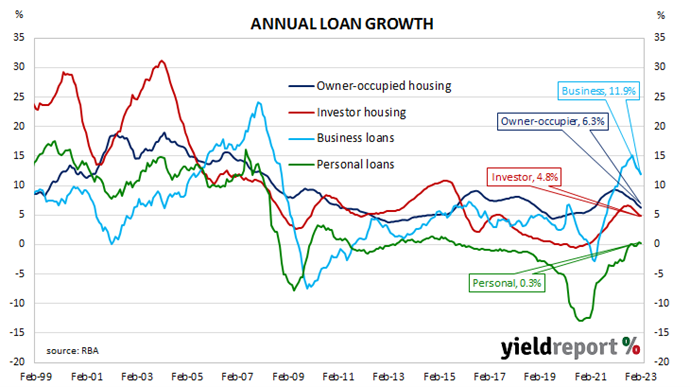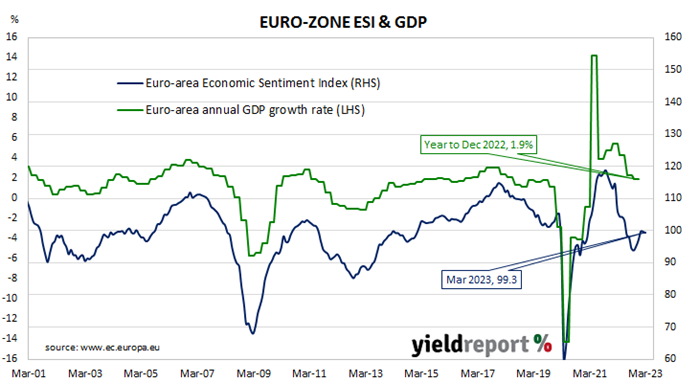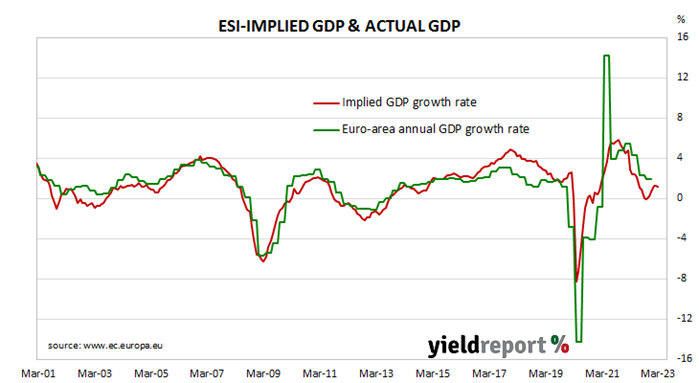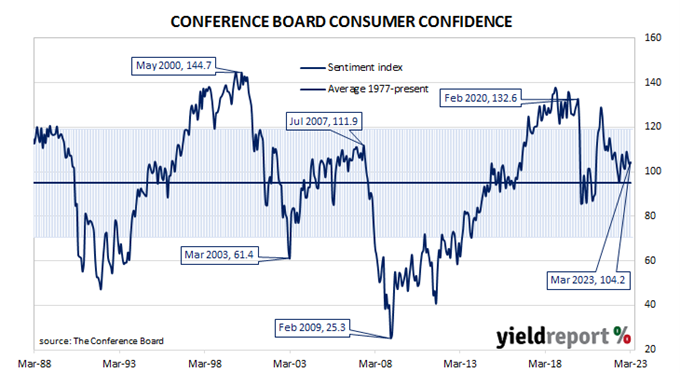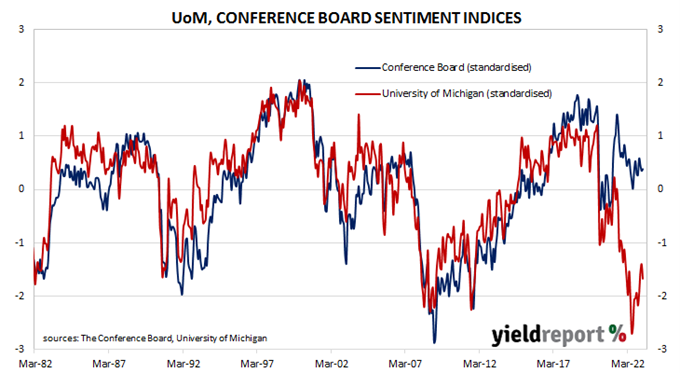Summary: Household sentiment improves in April; “strong recovery” attributable to RBA’s April decision; households’ reaction comparable to that of July 2010; all five sub-indices higher; fewer respondents expecting higher jobless rate.
After a lengthy divergence between measures of consumer sentiment and business confidence in Australia which began in 2014, confidence readings of the two sectors converged again in mid-July 2018. Both measures then deteriorated gradually in trend terms, with consumer confidence leading the way. Household sentiment fell off a cliff in April 2020 but, after a few months of to-ing and fro-ing, it then staged a full recovery. However, consumer sentiment has deteriorated significantly over the past year, while business sentiment has been more robust.
According to the latest Westpac-Melbourne Institute survey conducted in the week before Easter, household sentiment has improved, although only to level which is still low. Their Consumer Sentiment Index increased from March’s reading of 78.5 to 85.8, a reading which is still well below the “normal” range and significantly lower than the long-term average reading of just over 101.
“This strong recovery in the Index can be largely attributed to the decision by the Board of the Reserve Bank to break the sequence of ten consecutive meetings when the cash rate was increased by deciding to pause at the April meeting,” said Westpac Chief Economist Bill Evans.
Any reading of the Consumer Sentiment Index below 100 indicates the number of consumers who are pessimistic is greater than the number of consumers who are optimistic.
Commonwealth Government bond yields rose on the day, especially at the short end. By the close of business, the 3-year ACGB yield had gained 6bps to 2.84%, the 10-year yield had added 4bps to 3.22%, while the 20-year yield finished 1bp higher at 3.65%.
In the cash futures market, expectations regarding future rate cuts softened. At the end of the day, contracts implied the cash rate would rise from the current rate of 3.57% to average 3.62% in May and then decline to an average of 3.585% in August. November contracts implied a 3.49% average cash rate while May 2024 contracts implied 3.23%, 34bps below the current cash rate.
Evans compared households’ reaction to the RBA’s latest pause to a period in 2009/2010 in which the RBA paused in June 2010 after raising the target rate by 1.50% over six meetings. “Following a second pause in July [2010] consumers became convinced that the pause could be sustained and Confidence increased by a solid 11%, not dissimilar from the result for April 2023.”
All five sub-indices registered higher readings, with the “Economic conditions – next 12 months” sub-index posting the largest monthly percentage gain.
The Unemployment Expectations index, formerly a useful guide to RBA rate changes, declined from 122.9 to 118.9. Lower readings result from fewer respondents expecting a higher unemployment rate in the year ahead.


